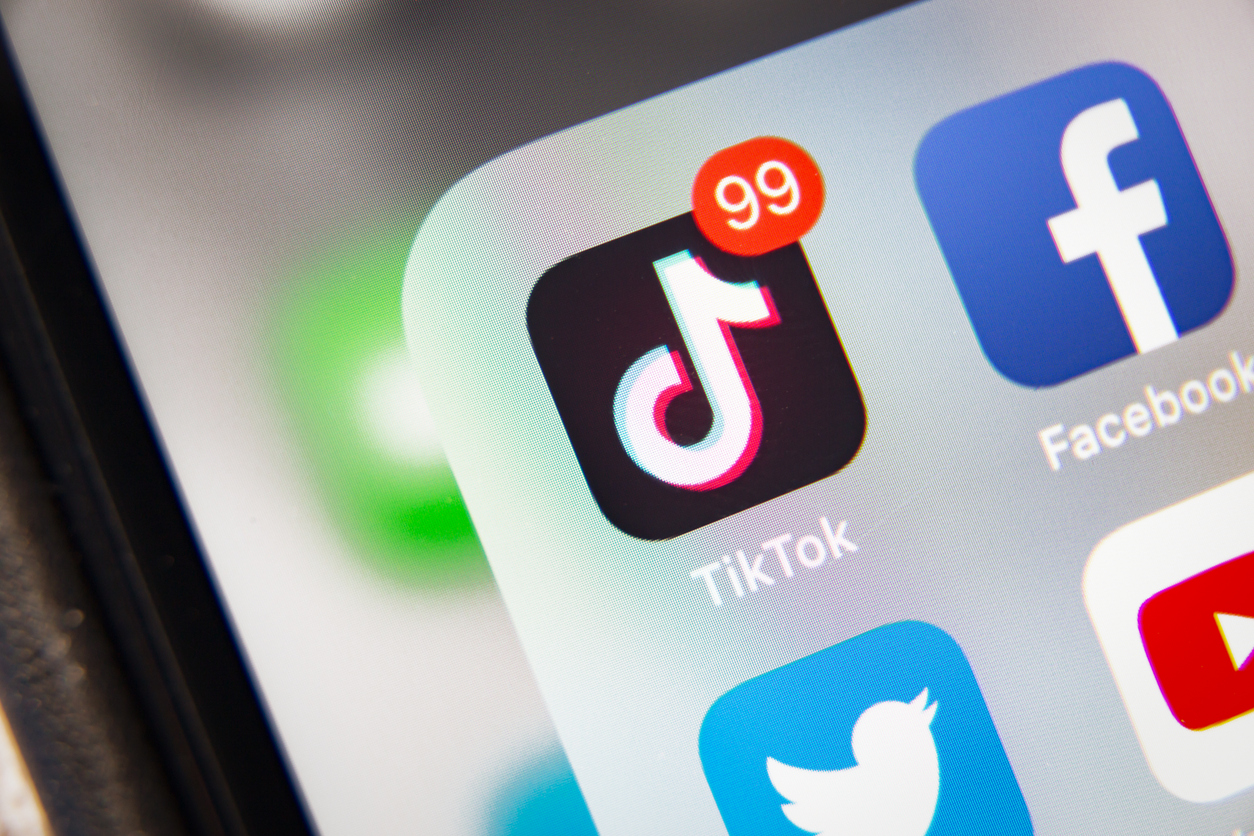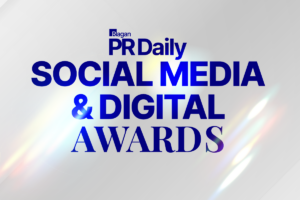The TikTok bill passed. Here’s what PR pros need to know.
The app won’t disappear overnight. But it is time to plan.

The U.S. Senate voted Tuesday night to force TikTok’s Chinese parent company, ByteDance, to sell the app or face an eventual ban in the U.S.
President Joe Biden will sign the bill Wednesday.
The bill passed 79 to 18, a rare show of bipartisan support as the bill brought together both Republicans and Democrats concerned about to what extent the Chinese government can view data and manipulate the algorithm that controls the app’s content.
The requirement to sell or ban TikTok was packaged — much to the chagrin of TikTok creators and critics across social media — into a bill known as the 21st Century Act, which primarily deals with foreign policy, including sanctions on Iran and more funding for Ukraine in its war against Russia.
Notably, the bill gives ByteDance more time to divest TikTok before the app faces a ban. They now have at least nine months, with the possibility of a three-month extension if they are close to a deal but need a bit more time. There’s also a certainty that ByteDance will fight the law in court, potentially all the way to the Supreme Court, likely adding even more time before a significant change takes place.
In other words, TikTok won’t disappear overnight. At least not yet.
But you still should have a plan.
Christina Garnett, a fractional chief customer officer at companies including Neuemotion, says you should actually have two.
- Assume they will pressure it to be sold vs banned. Who/which companies would be in a position to buy it AND what conditions would need to be met in order for the FTC to go along with the sale. Depending on what company you work for, this could be your company or a competitor. If a competitor could purchase, you need to consider what that would mean.
- If banned, there will be a vacuum for this type of video content. YouTube shorts becomes the immediate winner, followed by Instagram since those have the closest product offering to what is being lost. LinkedIn’s addition of videos is uniquely timed to also capitalize.No matter what happens, I would advise to (download) as much data and content as you can.Understand what the core behaviors you as a brand did there and have a migration plan ready to help your followers connect with you on other platforms. You should have IG and YouTube handles at least held even if you aren’t publishing. Create copy to showcase that though it may be banned, your followers can still expect your content and engagement at the specific channels.”
Alexander Huey, senior manager of client experience digital at Weber Shandwick, notes that if you’ve got all your eggs in the TikTok basket, it’s time to start putting a few elsewhere.
“For starters, this underscores the importance of diversifying your presence across platforms. We’ve been talking about a potential ban for a while now, and smart social strategists have already been working to make sure their audience knows where else their brands can be found.
This is nothing we haven’t been through before, Sarah Goldfarb, managing director of social media and digital strategy for RW Jones Agency, which specializes in higher education. Vine went away, and it hurt for a time, but the industry has since rebounded and evolved.
“My quick answer is: Reallocate that budget before the finance team takes it away, but for content, just keep going,” she advised. “Stockpile for when/if it comes back, use it on Instagram, YouTube shorts, Pinterest, in your emails, on your website and more.”
Nathan Jun Poekert, a CMO advisor, recommends a more conservative approach.
“If the bill passes I would advise clients to not make any changes to current ad spends, influencer or content strategies until it becomes completely clear that ByteDance will not sell,” he said. “Guiding clients or leadership down too many hypothetical scenarios this early creates paranoia and lack of trust in your expertise. Cross the bridge when it comes. “
What will you plan to do next?
Allison Carter is editor-in-chief of PR Daily. Follow her on Twitter or LinkedIn.







